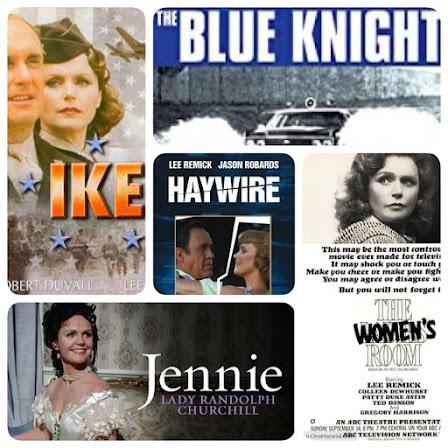
A fresh-faced 21-year-old Lee Remick made her motion picture debut with an eye-popping turn as a baton-twirling high school drum majorette in Elia Kazan’s 1957 classic, A Face in the Crowd.Remick’s seductive rendering of a precocious but empty-headed teenybopper who quickly becomes the bride of a lecherous drifter turned media celebrity (Andy Griffith) would launch her on the path to movie stardom.
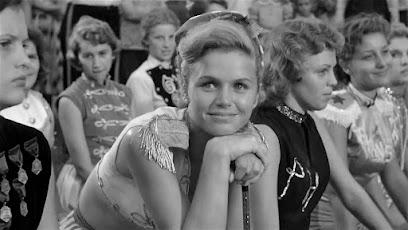
A Face in the Crowd (1957)
Because this first film role so powerfully showcased her sex appeal, she was cast in similar if only slightly more adult roles in her next films. Co-starring with Orson Welles, Paul Newman and Joanne Woodward, she portrayed Tony Franciosa’s flighty, flirty Southern belle wife in The Long, Hot Summer (1958). In Anatomy of a Murder (1959), she was a reckless tease married to soldier Ben Gazzara and at the heart of her husband's trial for murder (where he was defended by James Stewart).
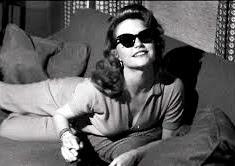
Anatomy of a Murder (1959)
Lee Remick’s much-touted sensuality would prompt 20th Century Fox PR to promote her as “the American Brigitte Bardot,” but the actress resisted this moniker and rebelled against being typecast. The truth was that Lee was more than a sexy “honey-haired beauty." She had been acting seriously since her teens, studied at the Actors Studio, and before being cast by Kazan in her first film she had already performed on Broadway, had a regular role in an early ’50 television series, and appeared many times on most of the live drama anthologies of TV’s Golden Age. In fact, it was one of her performances in a 1956 episode of Robert Montgomery Presents that caught Elia Kazan’s attention when he was casting A Face in the Crowd.
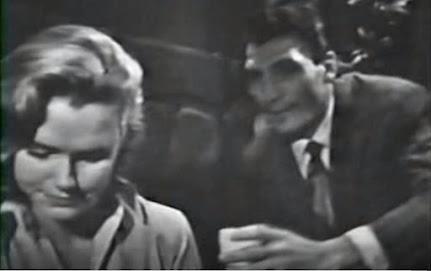
Lee Remick and Jack Palance in "The Last Tycoon" on TV's Playhouse 90 (1957)
It would take some time, but she would eventually establish film credentials as a dramatic actress. She was featured in the Blake Edwards thriller Experiment in Terror (1962) as an earnest bank employee who becomes the frantic target of a desperate psychopath. Next came the challenging - and acclaimed - role in Edwards's wrenching Days of Wine and Roses (1962).
In it Lee portrayed the wife of a harried, hard-drinking ad man (Jack
Lemmon) who draws her into an all-consuming alcoholism. Remick’s bravura
performance as a shattered alcoholic wife and mother who cannot break her addiction
brought an Oscar nomination. That year was a competitive one in the Best Actress category, but another nominee, the formidable Bette Davis (What Ever Happened to Baby Jane?), reportedly saw Lee as her prime competition. "Miss Remick's performance astounded me, and I thought, if I lose the Oscar it will be to her," she said (Anne Bancroft ultimately won for The Miracle Worker).
Days of Wine and Roses, made when she was just 26, was arguably the high water mark of Lee's film career. During the ‘60s she appeared in a raft of movies, most of them popular, opposite top leading men of the day, including Montgomery Clift, Steve McQueen, Glenn Ford, Burt Lancaster, Frank Sinatra and Rod Steiger. Two of the best of her '60s films came back-to-back in 1968, No Way to Treat a Lady with Steiger and The Detective with Sinatra.
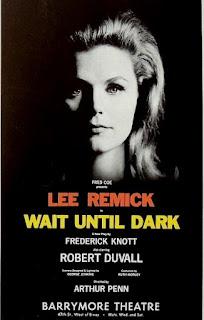
As it happened, the rise of the made-for-TV movie and the mini-series on U.S. television coincided with Lee's increased attraction to small-screen work. The first TV movie, See How they Run, starring John Forsythe and Franchot Tone, aired on NBC in 1964. By 1970 these TV films were so popular that NBC had launched its long-running Movie of the Week series the previous year. Lee Remick would appear in her first made-for-TV movie in 1967 as Lola in an NBC rendition of Damn Yankees (yes, she could sing, too) with Phil Silvers as the devil.
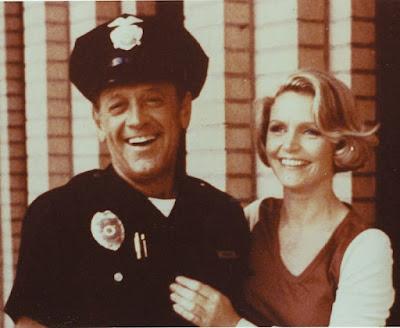
William Holden and Lee Remick on the set of The Blue Knight (1973)
It was in November 1973 that the first American TV mini-series - multi-part dramas, usually aired in one-hour segments over successive evenings - was broadcast on NBC. The series, The Blue Knight, was based on a best-selling novel by former police officer Joseph Wambaugh. William Holden starred as a grizzled veteran LAPD cop with Lee as his upscale college professor girlfriend. Sam Elliott, Eileen Brennan, Joe Santos, Anne Archer and Jamie Farr helped round out the cast. The story tracked what was to be the senior cop's final case before he retired and was mostly set in a run down area of L.A. among the local hoods, hookers, junkies, and other down-and-outers. I'm certain a young and impressionable Quentin Trantino must've seen this one first-run in his family's living room. The drama was a showcase for Holden who nailed his role as a tired and tough but decent old cop. Lee's character, like the rest of the cast, had a lot less screen time, but she did a fine job as the smart and independent but supportive lover who was set to become the officer's wife. Holden won an Emmy for his performance and Lee was nominated for hers. The series earned more Emmy nods and was popular enough to be released into theaters in condensed form. Then, in 1975 it was retooled as a regular weekly series starring George Kennedy in the Holden role.
Following The Blue Knight, a floodgate of TV movie and mini-series offers flowed Lee Remick's way. 1974 brought what was for some time the jewel among her TV ventures, Jennie: Lady Randolph Churchill, a British production. The seven-episode mini-series followed the life of the young American woman who, while in Great Britain, met and married Lord Randolph Churchill and soon became the mother of Winston. The drama was nominated for six Emmys, including one for Lee in the title role, and won for its costume design. Lee would win a BAFTA and a Golden Globe for her elegant turn as the dazzling, determined and forever fascinating woman - and adored mother.
Though Lee's acting career had veered dramatically into TV in the early '70s, she did still occasionally appear on the big screen. Coming her way in 1976 was The Omen and the role of Gregory Peck's wife and the mother of Damien, the child she believes is their natural son. It was a "prestige" horror film a la Rosemary's Baby and The Exorcist, and was a massive hit that launched a franchise. The Omen turned out to be the film, perhaps unfairly, that Lee Remick is most remembered for today. For the remainder of her career, regardless of the juggernaut that was The Omen, the bulk of Lee's work, and she worked a lot, took place in TV-movies and mini-series. A few highlights:
Ike: The War Years (1979). A three-episode mini-series based on the book by Kay Summersby about Dwight "Ike" Eisenhower's years before his presidency, when he commanded the US Army during WWII. Robert Duvall co-starred as "Ike" with Lee as Kay, his wartime driver and lover.
Haywire (1980). A TV-movie based on the memoir of Brooke Hayward, daughter of actress Margaret Sullavan and producer Leland Hayward. A depiction of the erratic Hollywood years in the Sullavan/Hayward household, Lee portrayed Margaret Sullavan and Jason Robards co-starred as Leland Hayward.
The Women's Room (1980). A TV-movie based on Marilyn French's best-selling feminist novel. Lee starred as a woman who leaves her philandering husband and goes back to college. There she meets other women who help motivate her to become a successful independent woman. Co-stars included Colleen Dewhurst, Tyne Daly and Patty Duke.
Lee would continue to appear on screens large and small until the end of the 1980s. She had just completed a TV-movie, Dark Holiday (1989), when she was diagnosed with cancer. Two years later, in 1991, she passed away at age 55. The lovely, multi-talented actress may have lived a short life, but it surely was a richly creative one. Her acting credits included 28 films, 25 TV movies and mini-series and seven stage shows. She'd been nominated for an Oscar, seven Emmys, a Tony, and won a BAFTA and two Golden Globes among other awards in the course of her busy and wide-ranging career.
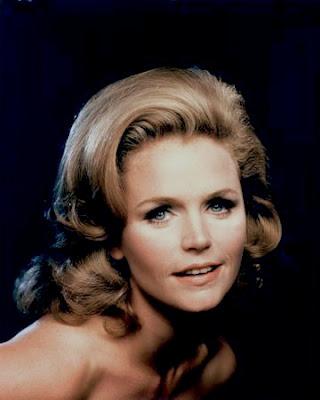
Lee Remick, Dec. 14, 1935 - July 2, 1991
~
This is my entry for the Classic Movie Blog Association's 2023 Spring Blogathon, BIG Stars on the Small Screen. Click here for links to some fabulous contributions from members of the CMBA.


